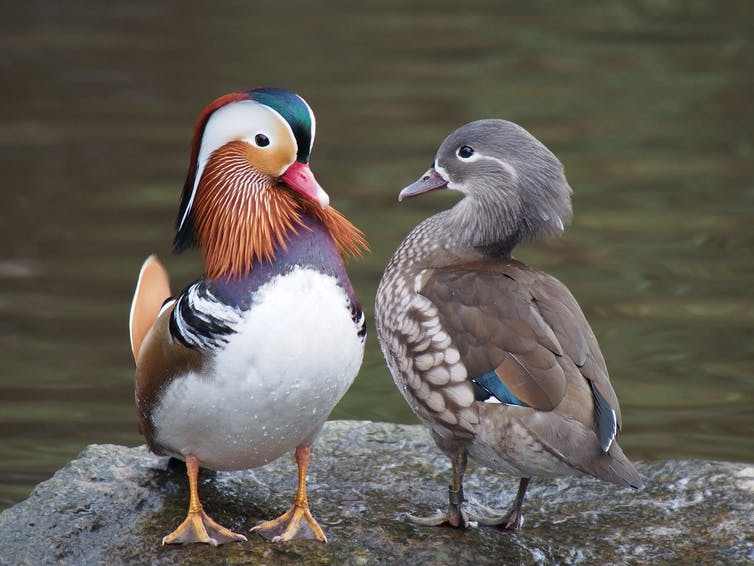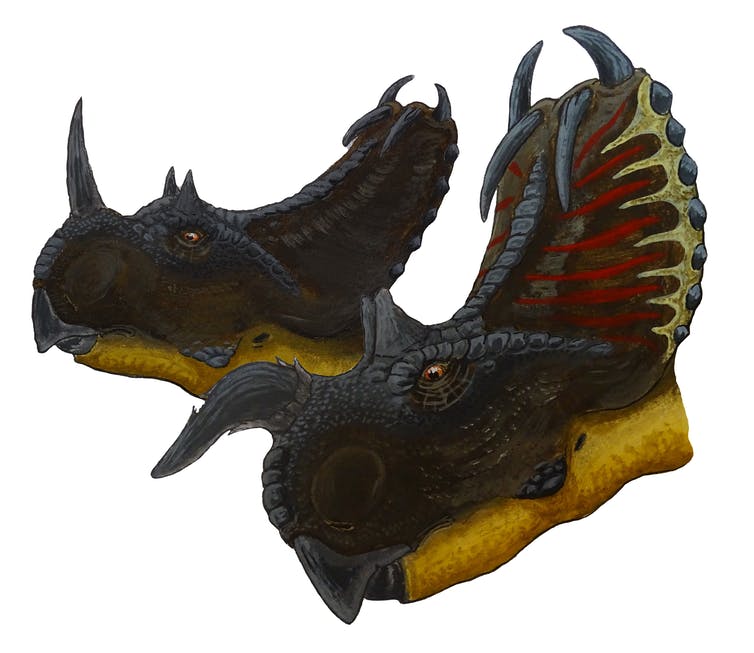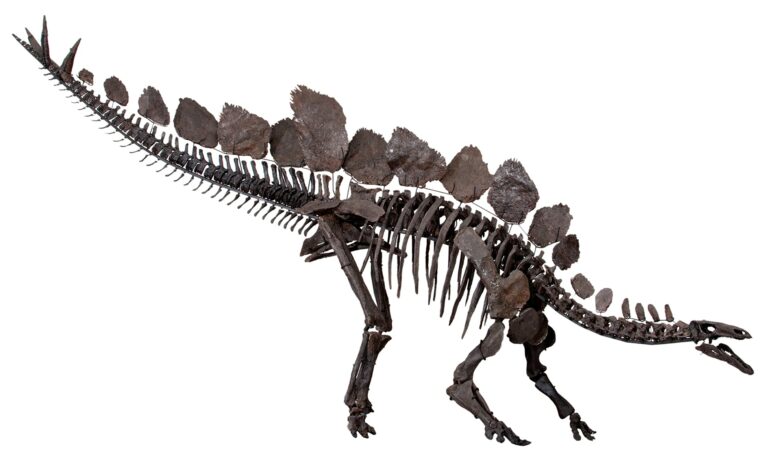In most animal species, males and females differ. This is true for people and other mammals, as well as many species of birds, fish and reptiles. But what about dinosaurs? In 2015, I proposed that variation found in the iconic back plates of stegosaur dinosaurs was due to sex differences.
I was surprised by how strongly some of my colleagues disagreed, arguing that differences between sexes, called sexual dimorphism, did not exist in dinosaurs.
I am a paleontologist, and the debate sparked by my 2015 paper has made me reconsider how researchers studying ancient animals use statistics.
The limited fossil record makes it hard to declare if a dinosaur was sexually dimorphic. But I and some others in my field are beginning to shift away from traditional black-or-white statistical thinking that relies on p-values and statistical significance to define a true finding. Instead of only looking for yes or no answers, we are beginning to consider the estimated magnitude of sexual variation in a species, the degree of uncertainty in that estimate and how these measures compare to other species. This approach offers a more nuanced analysis to challenging questions in paleontology as well as many other fields of science.

In many species, like these mandarin ducks, males (left) and females (right) look very different.
Francis C. Franklin via WikimediaCommons, CC BY-SA
Differences between males and females
Sexual dimorphism is when males and females of a certain species differ on average in a particular trait – not including their reproductive anatomy. Classic examples are how male deer have antlers and male peacocks have flashy tail feathers, while the females lack these traits.
Dimorphism can also be subtle and unflashy. Often the difference is one of degree, like differences in the average body size between males and females – as in gorillas. In these modest cases, researchers use statistics to determine whether a trait differs on average between males and females.
The dinosaur dilemma
Studying sexual dimorphism in extinct animals is fraught with uncertainty. If you and I independently dig up similar fossils of the same species, they are inevitably going to be slightly different. These differences could be due to sex, but they could also be driven by age – young birds are fuzzy, adult birds are sleek. They could also be due to genetics unrelated to sex, like eye color in humans.

It’s possible that variation among individual dinosaurs of the same species could be due to sexual dimorphism, but there are rarely good enough samples to assert so using traditional statistics.
James Ormiston, CC BY-ND
If paleontologists had thousands of fossils to study of every species, the many sources of biological variation wouldn’t matter as much. Unfortunately, the ravages of time have left the fossil record painfully incomplete, often with less than a dozen good…



